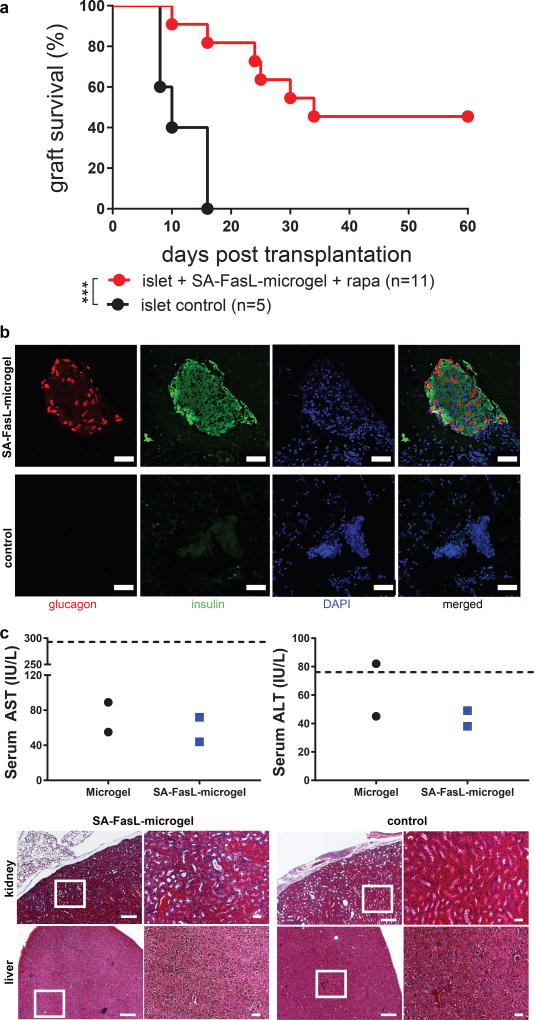Figure 6. Immune acceptance of allogeneic islet grafts co-transplanted with SA-FasL-presenting microgels in the epididymal fat pad.
(a) Islet graft survival. SA-FasL-engineered microgels and unmodified BALB/c islets were co-transplanted in the epididymal fat pad of chemically diabetic C57BL/6 recipients. Rapamycin was used at 0.2 mg/kg daily i.p. injection for 15 doses starting the day of transplantation. Animals were monitored for blood glucose levels and two consecutive daily readings of ≥ 250 mg/dL were considered to be diabetic (rejection). Data comprise transplants performed from various islet isolations with sample size indicating number of treated mice. Survival curves were analyzed using Mantel-Cox test (χ2 = 11.28, df = 1, p < 0.0008). (b) Immunostaining of a long-term functioning graft (> 60 days) from mice receiving SA-FasL-presenting microgels + rapamycin showing glucagon (red) and insulin (green) positive structures and DNA (blue) (scale bar 50 µm). Staining patterns consistent for samples across different independent runs. (c) Serum liver enzyme levels showing no differences between SA-FasL-presenting microgel and control groups (n=2 mice/group from 2 separate islet transplantations). Hashed line denotes normal upper enzyme levels. Histological sections (left: low magnification, scale bar 200 µm; right: higher magnification of boxed area, scale bar 50 µm) for kidney and liver. Histological staining patterns are consistent for samples across 2 separate islet transplantations.

